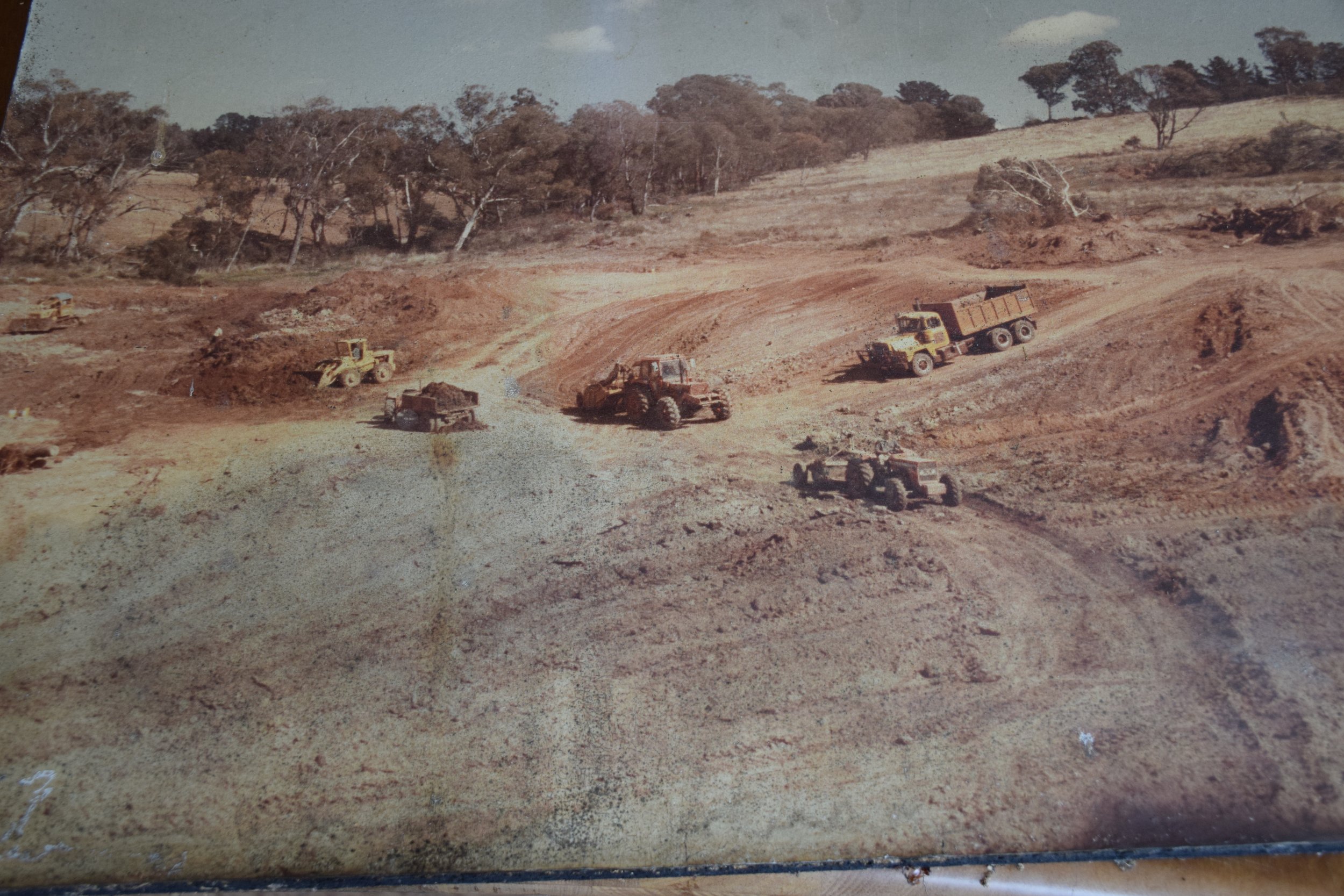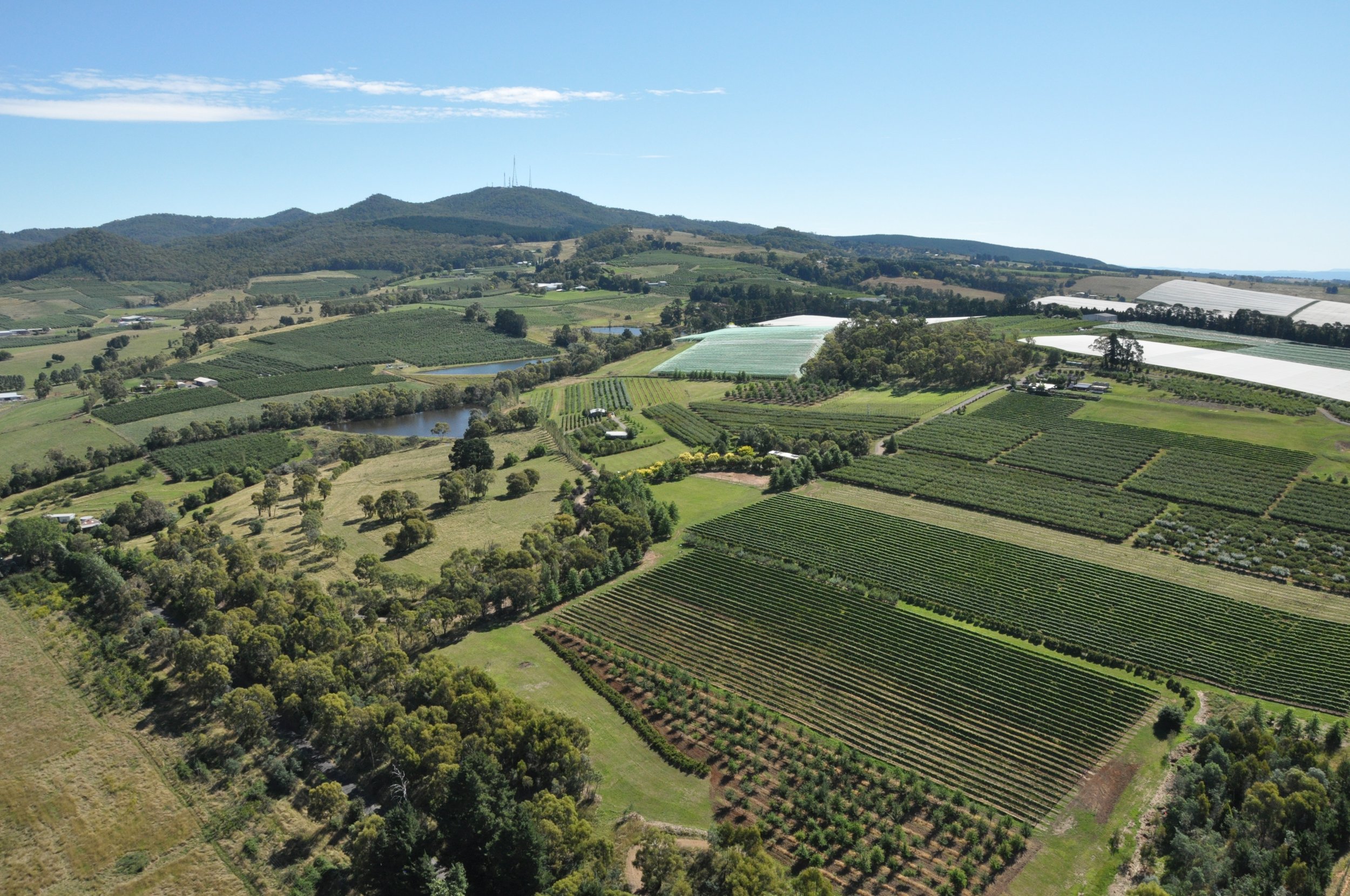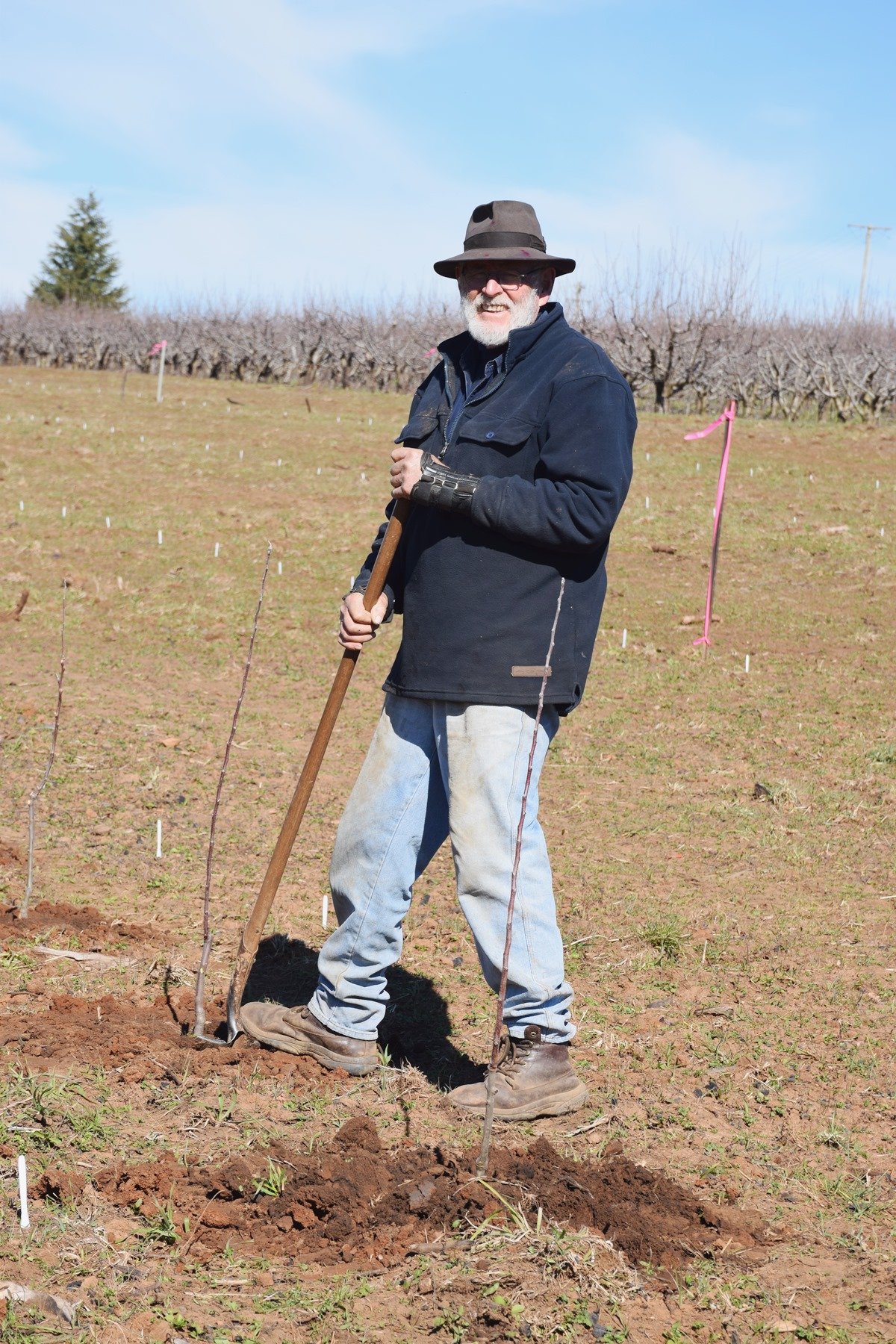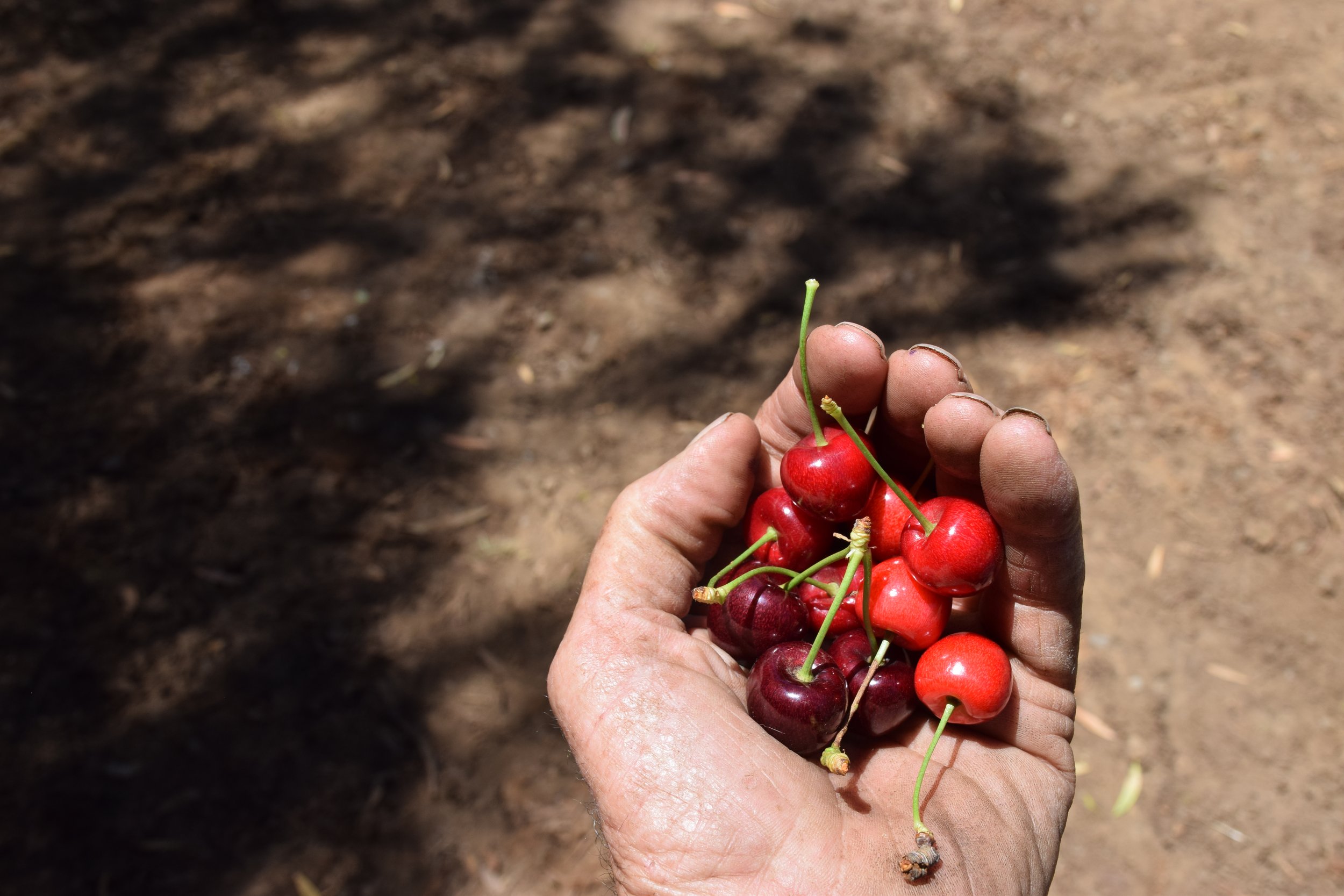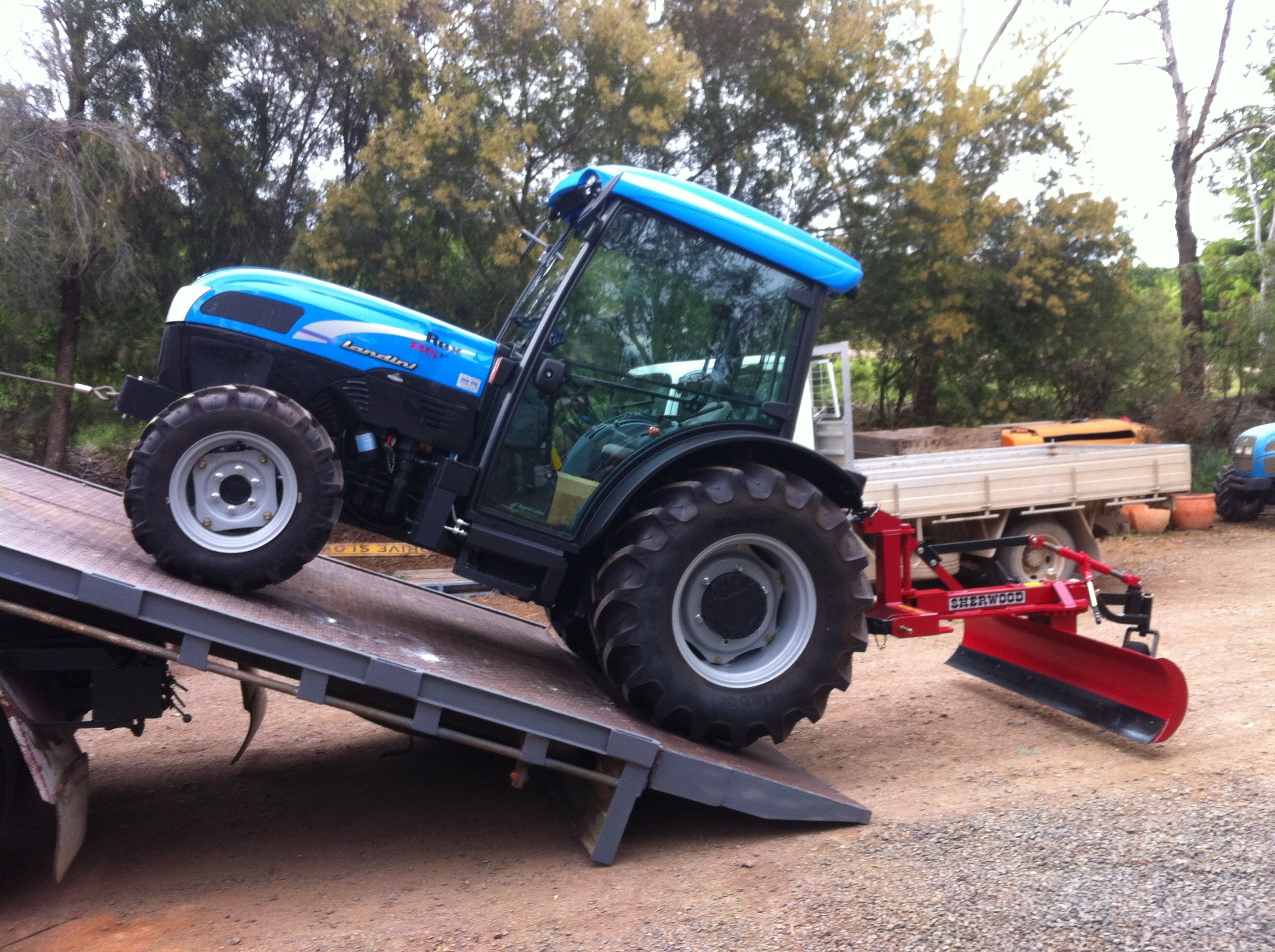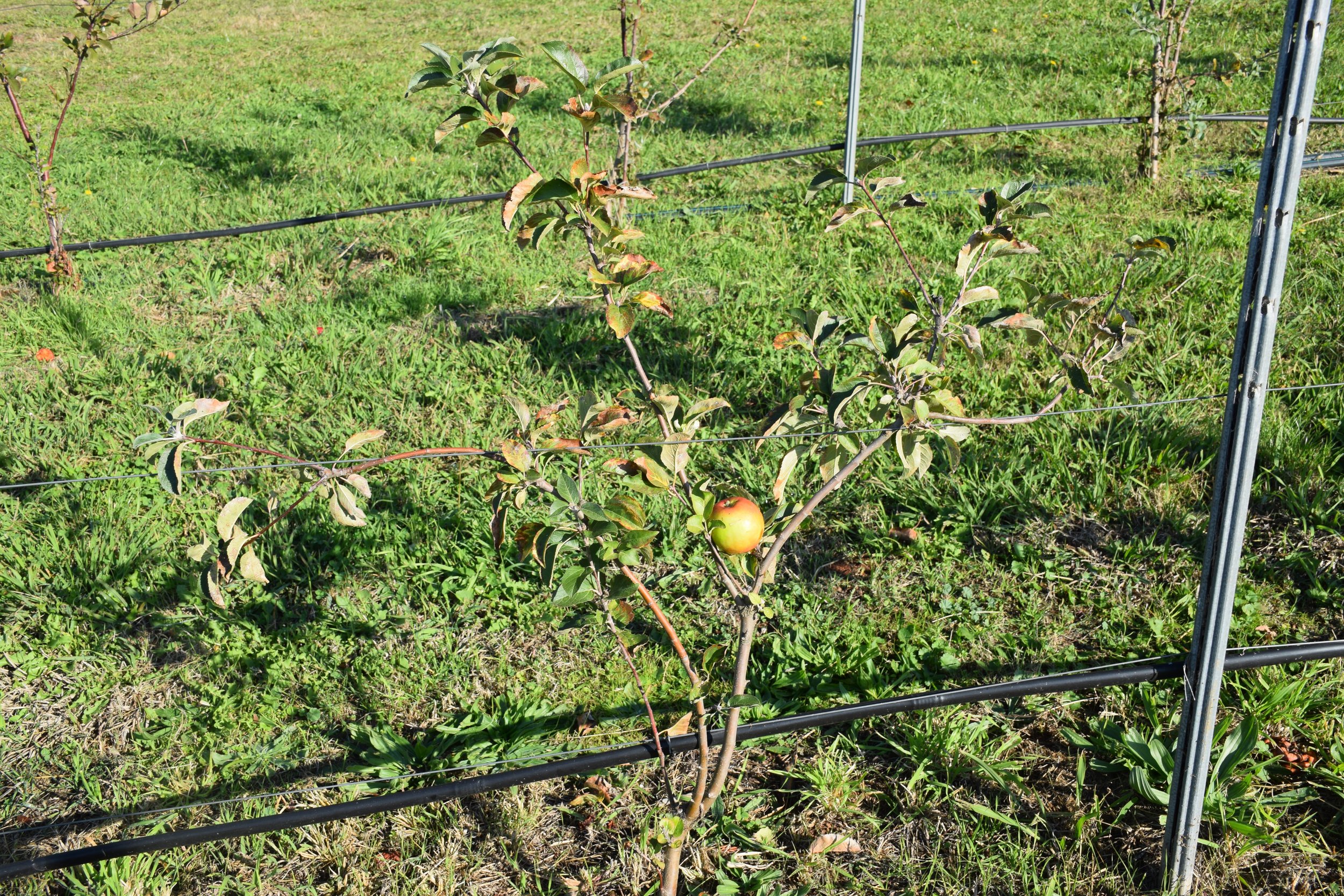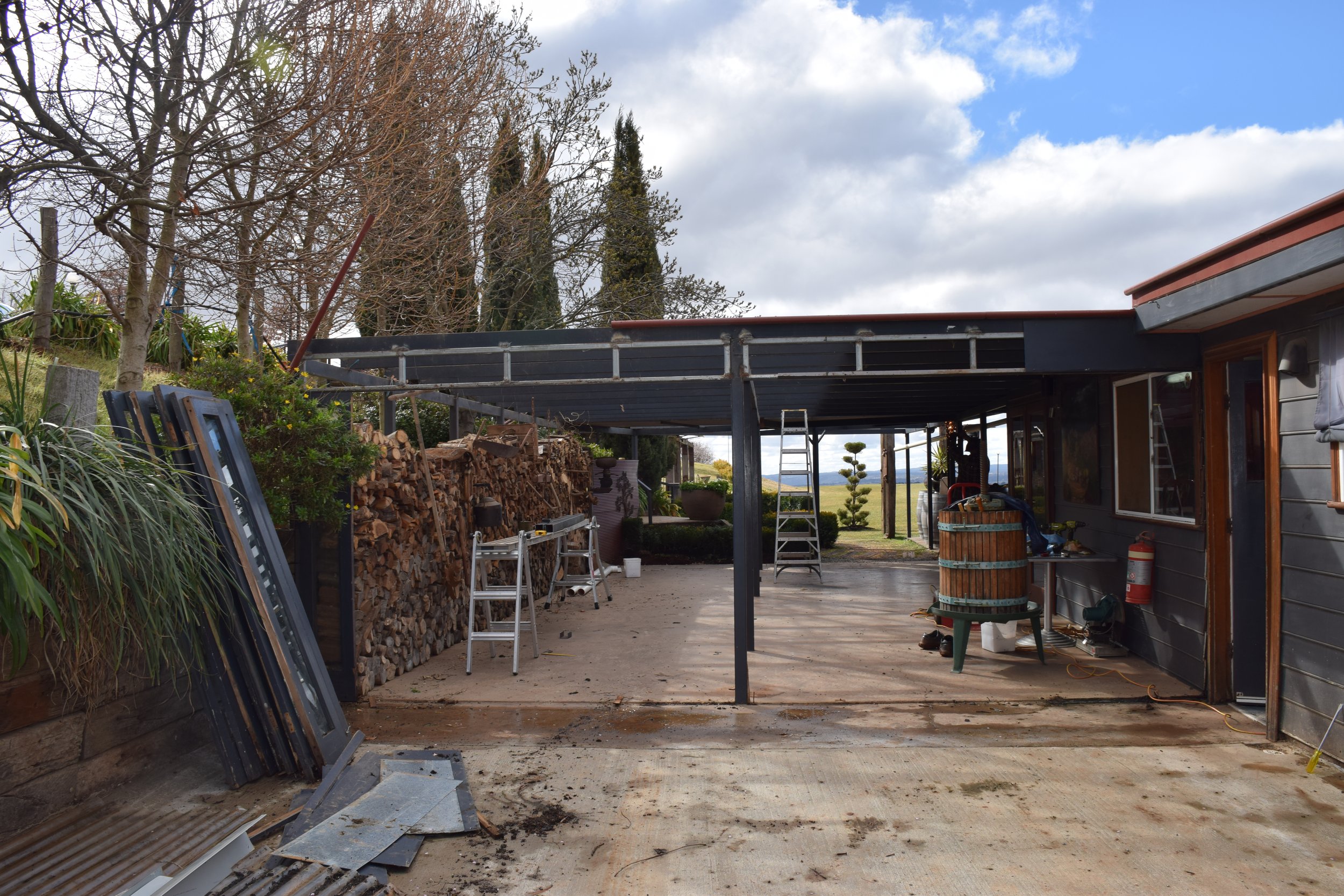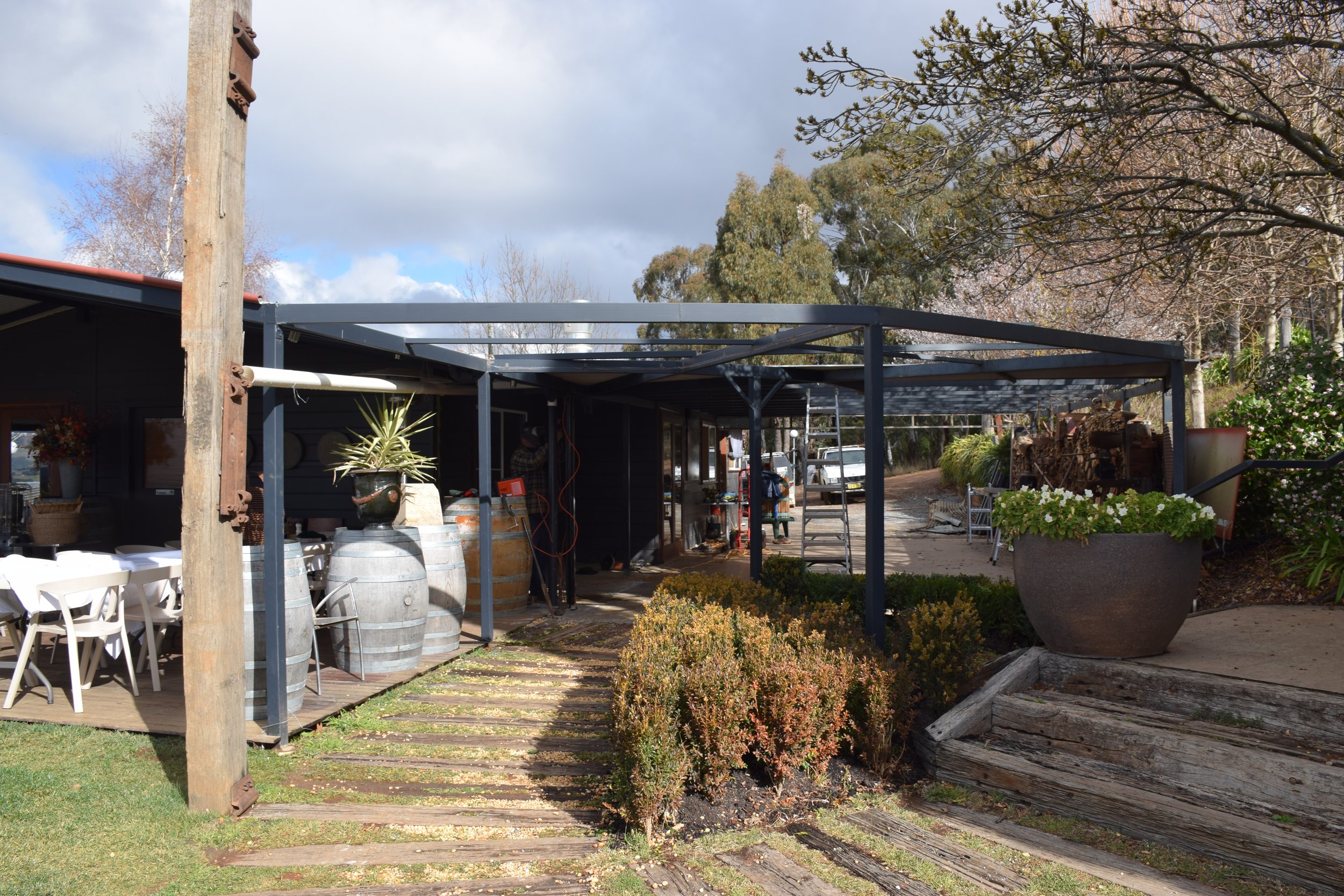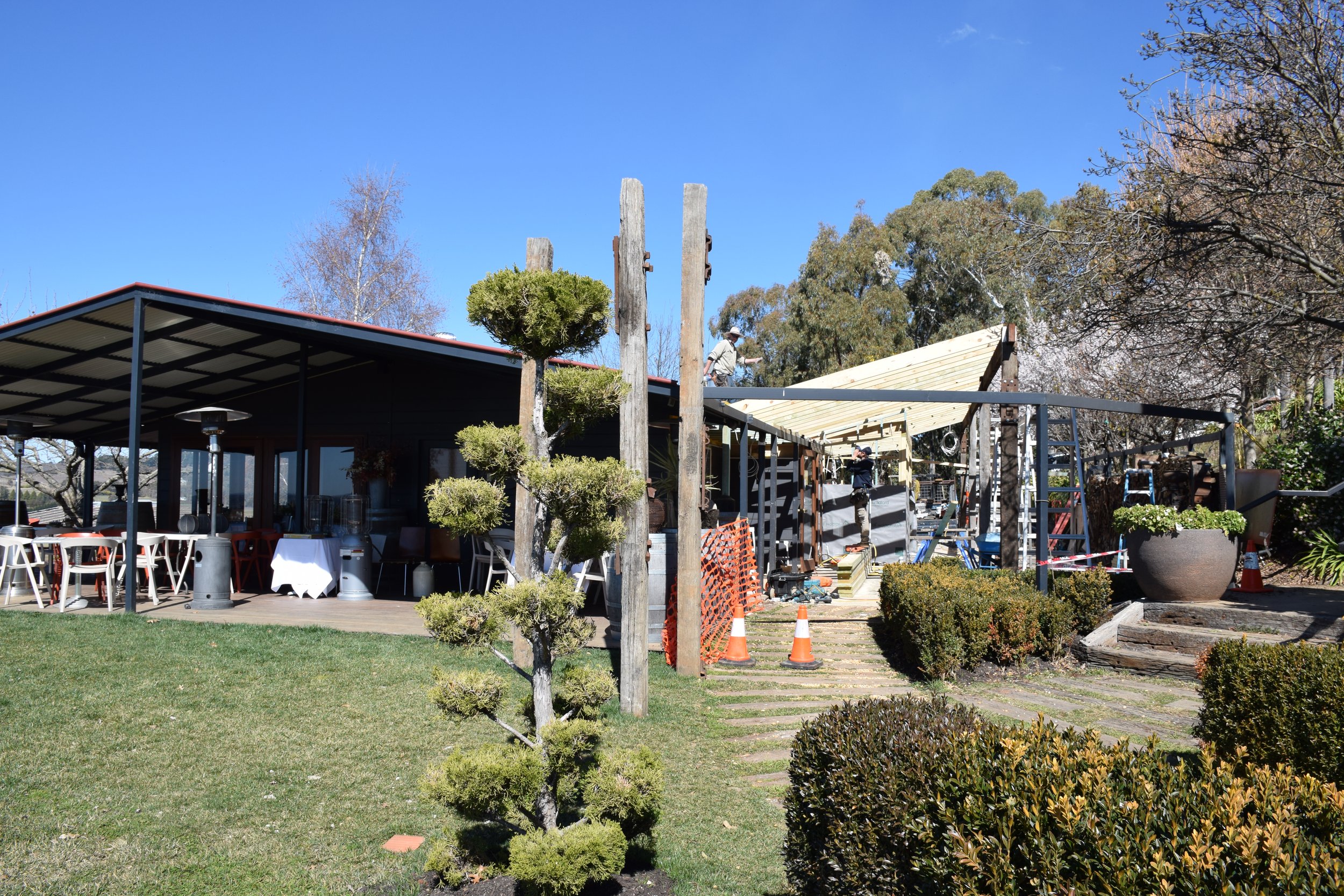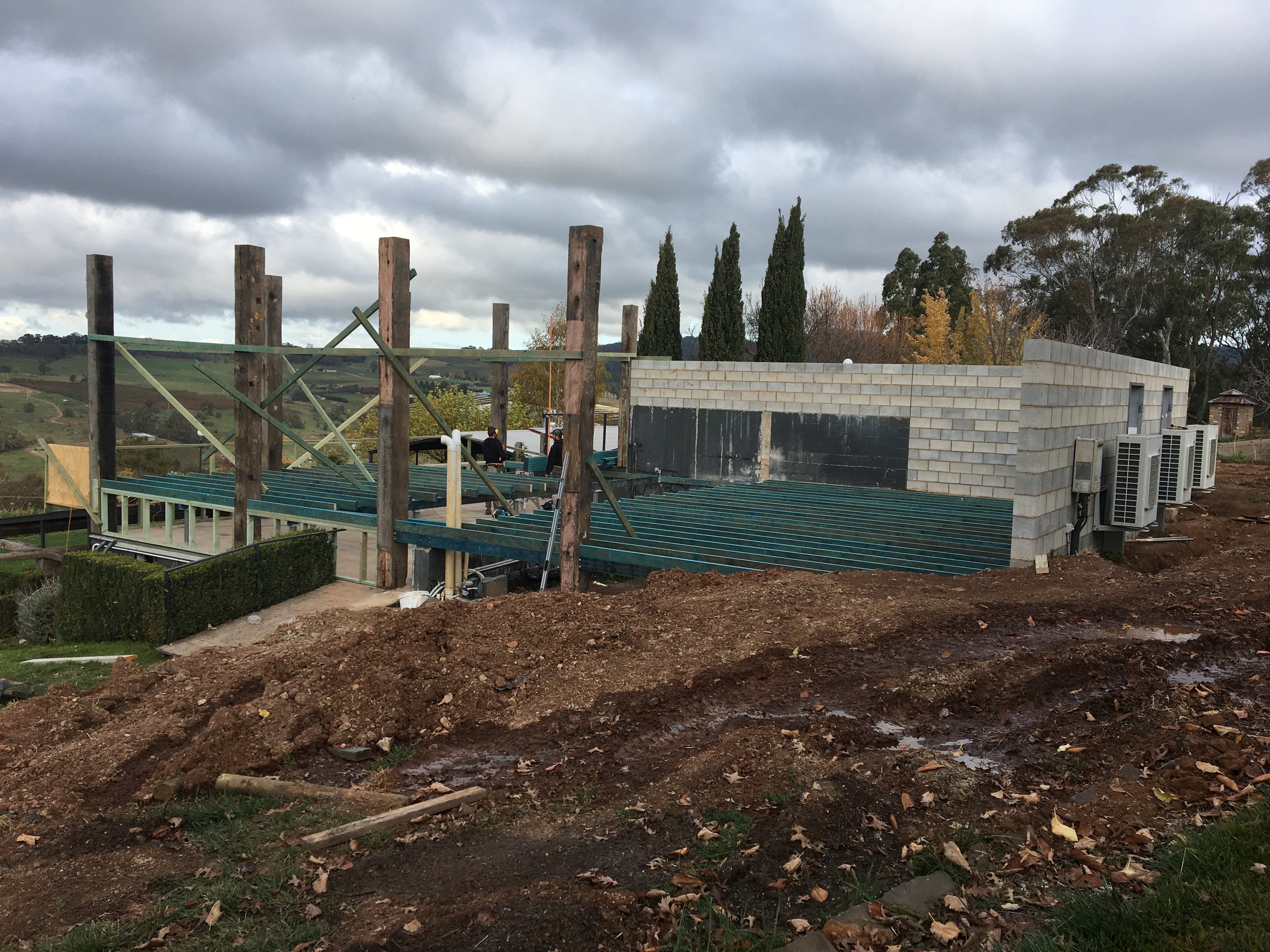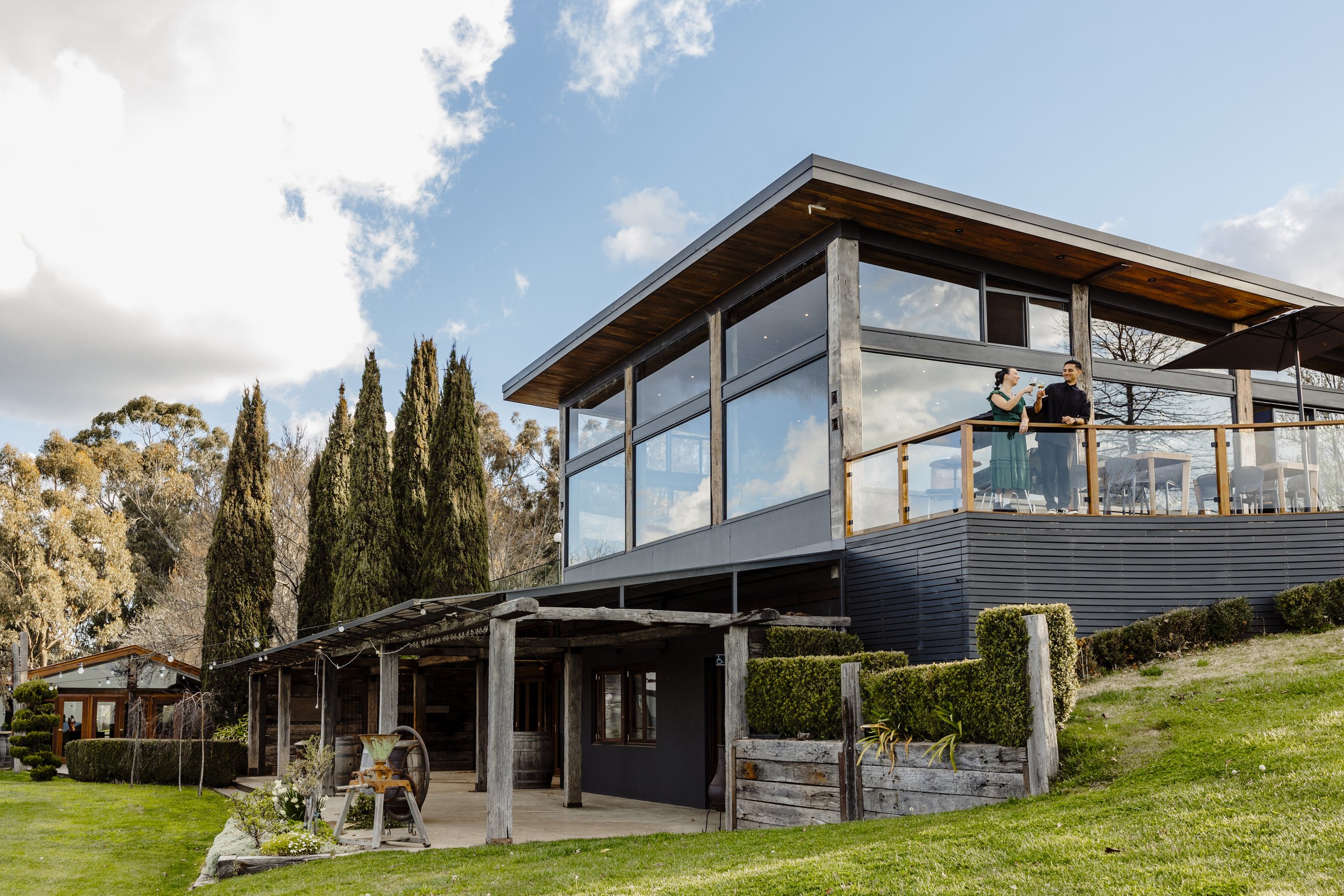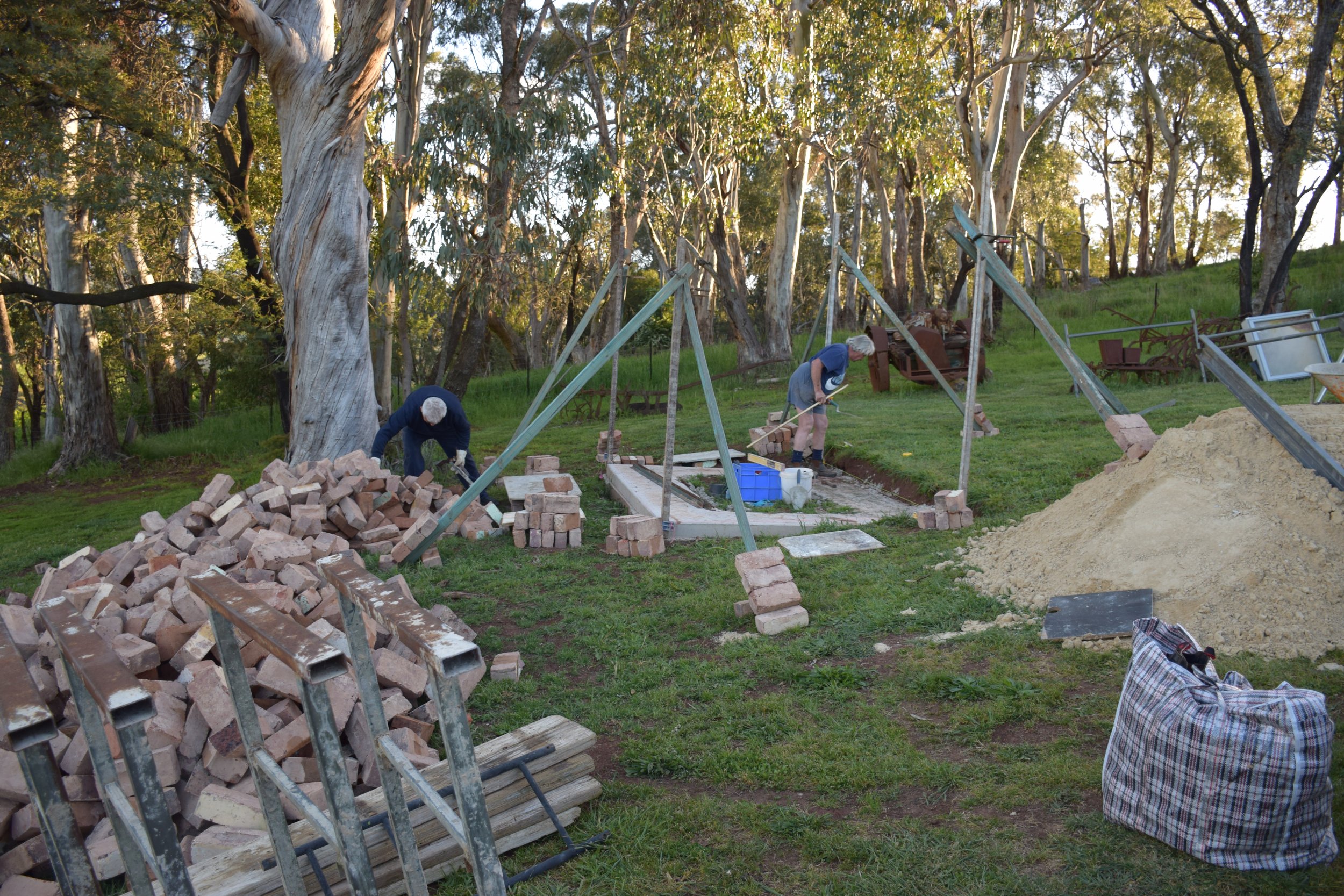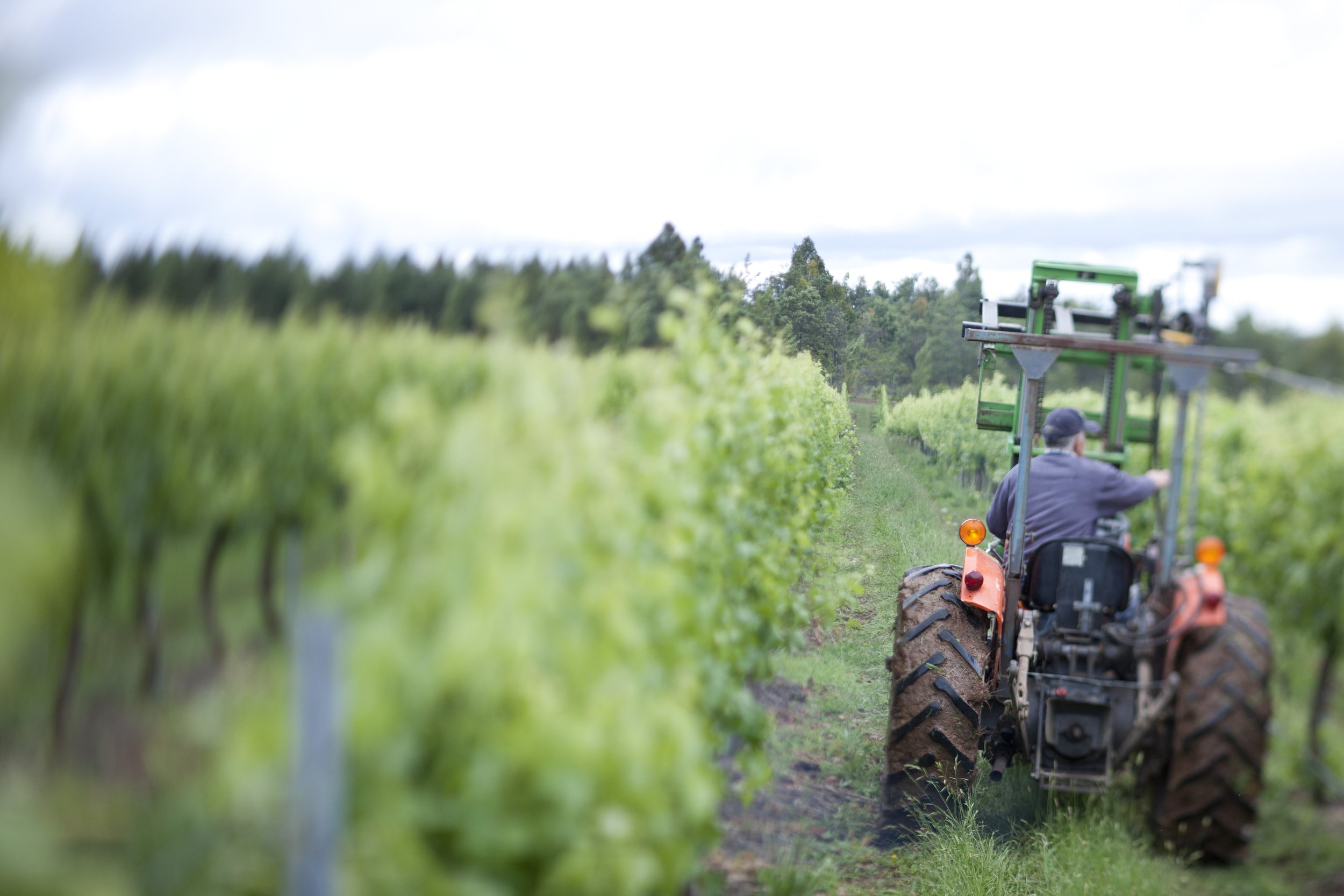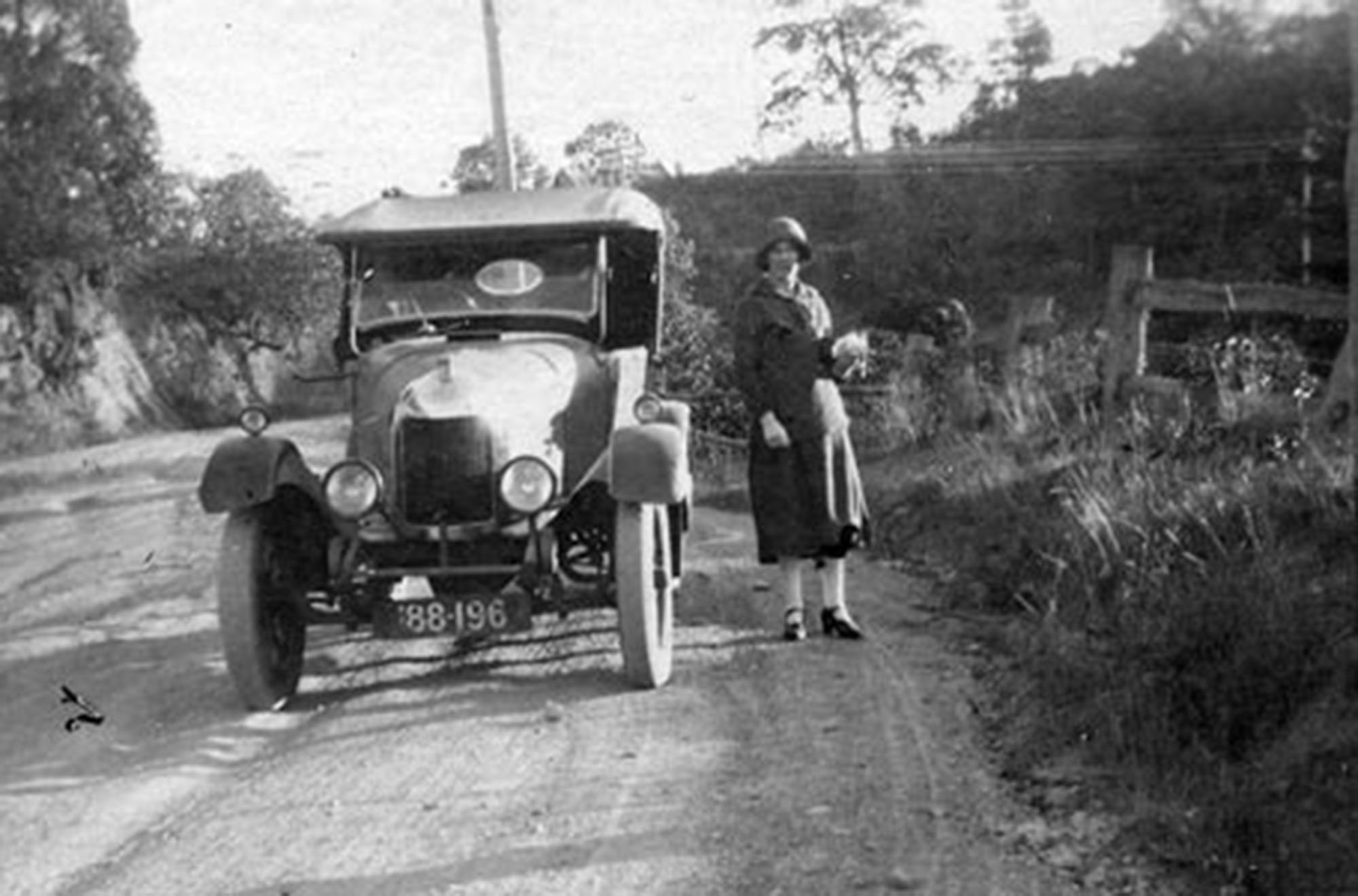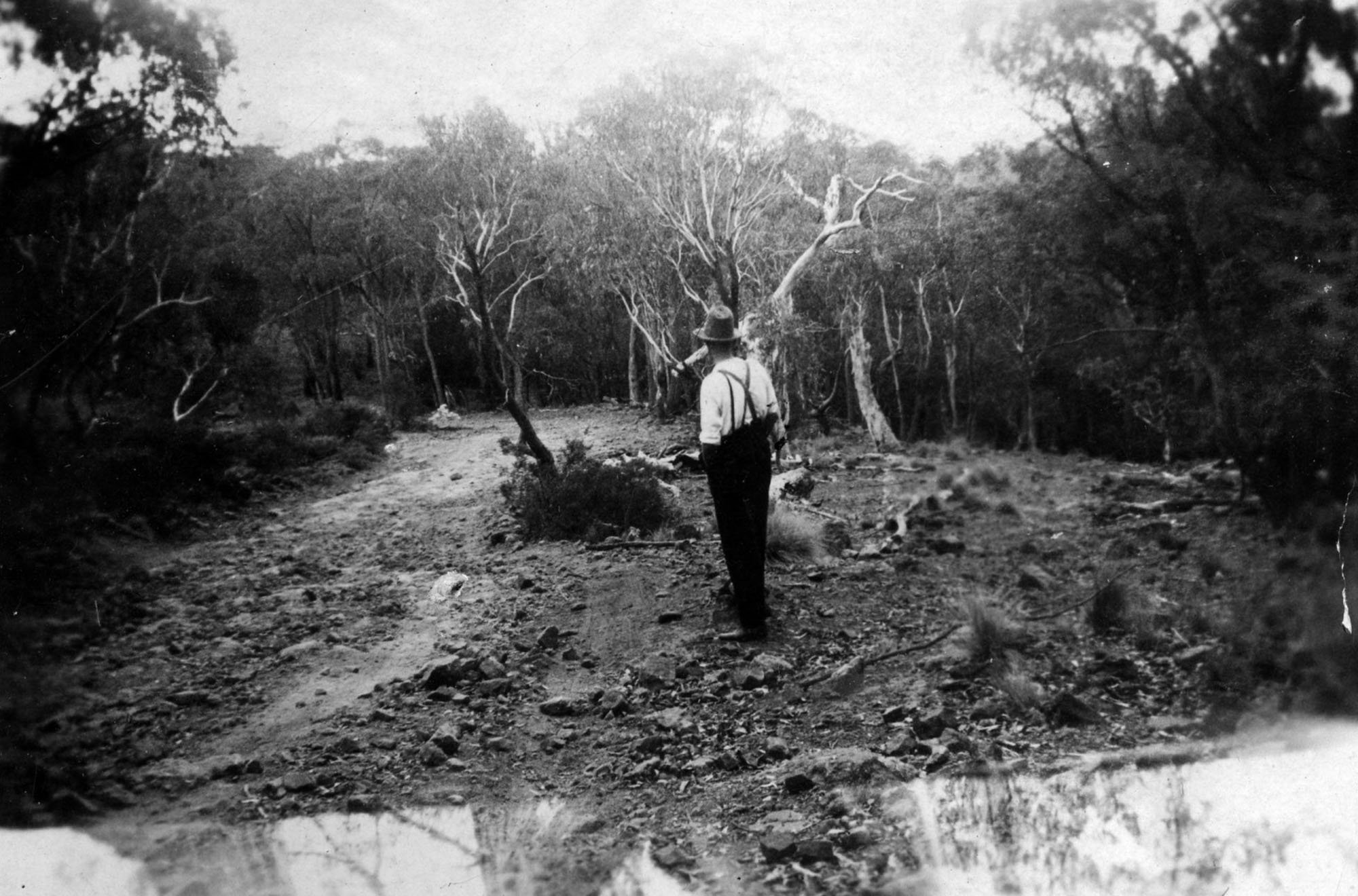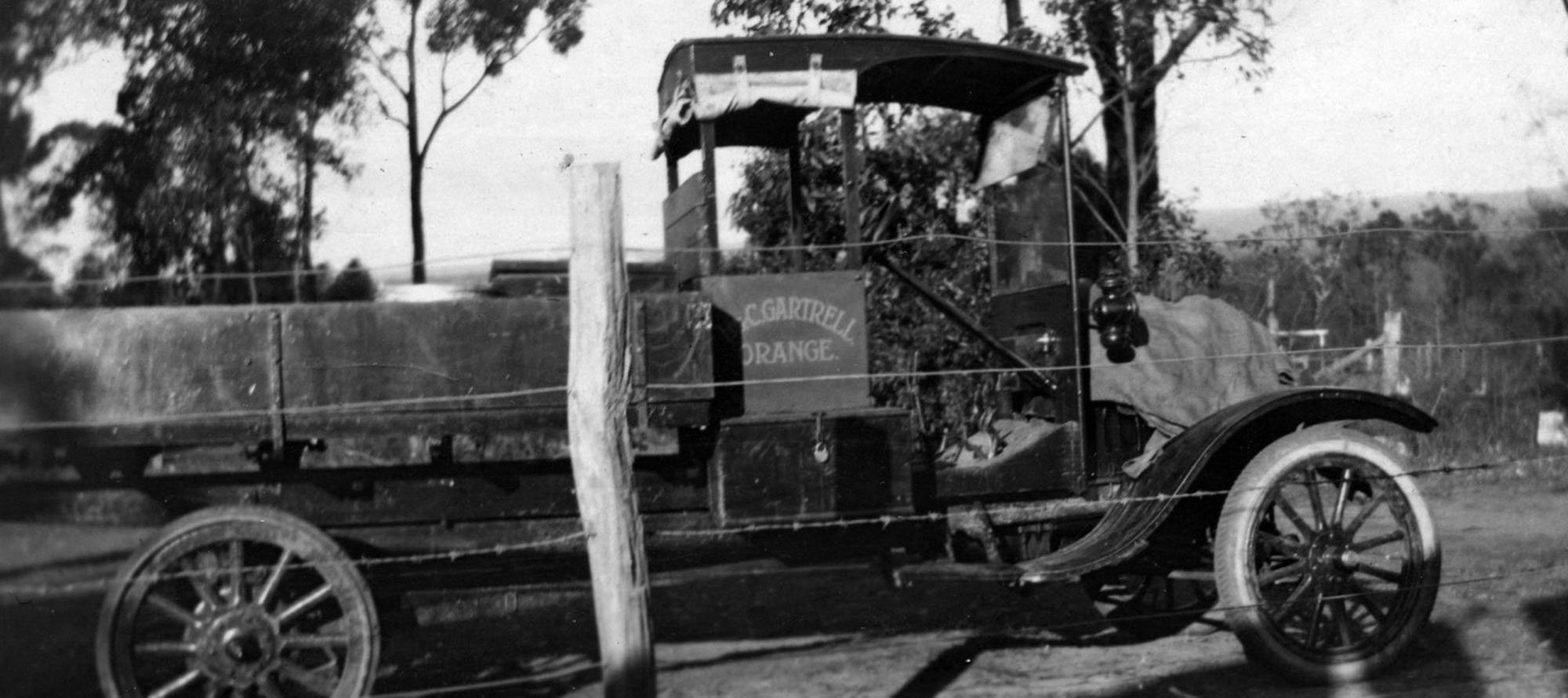
From Orchard to Vineyard
The Transformation of Borrodell Estate
As a young man Borry Gartrell purchased the property in 1964. The 135 acre property was at the time in a state of disrepair. The indigenous people must have looked on in horror as the once fertile land had been cleared and ploughed exuberantly in the best European tradition. As a result much of the topsoil had moved down the slope. Borry’s first task regenerating was to haul tens of thousand of meters of soil back up the slope from whence it came.
The Story BORRODELL
Erosion gullies were filled and soil conservation works put in place. Thousands of native and European trees were planted to create a food source, refuge and corridor for native birds and animals. Water now percolates down the well-vegetated slopes and into the reedbed wetlands before entering Lake Canobolas. At night the frogs croak loudly at the pleasure of living the Life of Riley in their wetland home. The increase in native animals and birds is seen as an opportunity rather than a menace.
Borry also planted commercial apples, cherries and plums, establishing a fruit supply business into Sydney and places beyond.
He was on the organising committee to instigate the formation of the Farmers Markets in Orange.
In the 1990s, Gaye married Borry and together they recognised a new direction was needed, transforming an orchard into a vibrant and exciting wine and fruit tourism business.
The commercial apple crops were replaced with an array of cold climate wine grapes vitis vinifera as it was becoming unmistakable that the Alpine climate was an outstanding environment for the production of grape growing.
Borry’s passion for conservation and preservation continued with the establishment of a unique collection of over 180 varieties of heritage apples and over 230 varieties of heritage plums – varieties that appeared in Shakespeare’s sonnets, and on the tables of Russian Tsars to name a few, which were now being sent out to a few select restaurants and enthusiasts across the country. Not a task for the faint-hearted but exciting and challenging! “We enjoy meeting new people and tackling new projects”.
In 2003, over 500 oak trees inoculated with Black Perigord truffles were planted and now Borrodell boasts having the oldest truffle trees on the “mainland” (they come from Tasmania).
The private property soon became public with the building of accommodation in 2002, and the establishment of “Sister’s Rock” restaurant in 2005.
In 2006 the building continued with the underground wine cellar, supposedly for the storage of all the wine that was being produced, however was soon filled up with brides, flamenco players, cabaret acts, truffle dinners and all sorts of good times.
Together Borry and Gaye operated this family-run business, sharing the tranquility and magic with visitors who can also enjoy and experience living on a working orchard and vineyard at this picturesque rural retreat.
Nowadays, Gaye is continuing their life’s dream.
The History of Borrodell
Previously, Deborah’s father Henry Borrodell had immigrated to Australia from a farm in Essex England to take up a selection* at the end of Boree Lane near Borenore Caves. The pioneering surveyors had at the time called the district Sisters Rock after the limestone pillars dotting the landscape and looking for all the world like children walking hand in hand across the landscape. Ironically, Henry and his wife Eliza (nee Mortimer), proceeded at have nine daughters who played merrily on the limestone pillars at Sisters Rock. With a large family of girls, Henry thought himself the last surviving Borrodell.
On the other side of the family, the Gartrells arrived from Cornwall via California to take part in the gold mining history of Orange. Not making any fortune from the gold they turned their attention to fruit growing and dairying. No empires were established but some modest success followed.
Richard Gartrell turned to carpentry and built three very nice Federation homes for his father and two uncles before his untimely death from illness in 1903.
Richard Gartrell and Deborah Borrodell had three children when Richard died, leaving the eldest son Harold Borrodell Gartrell to leave school at nine to work delivering telegrams to care for the family.
Harold fought in both of the Great Wars and created a number of enterprises before finally returning to the role of grower back at the original Borrodell property.
In 1926, Harold Borrodell Gartrell married Dorothy Weiley and together had six children, all raised on the Borrodell farm. Of the six children, the one named Harold Borrodell Gartrell immersed himself in that Borrodell farm and orchard.
When the suburbs reached out and claimed the land, Harold the second moved west a few kilometres and took up the current property.
Years later, in the early 1990’s, when Borry and Gaye were bringing a new approach to the property Borry bought in the early ‘60’s, to recognise the farming families that went before, they named it ‘Borrodell’, and ‘Sisters Rock’, the name that adorns the on-site restaurant. There are no free bottles of wine for working out what Borrys’ real name is!
*Selection referred to “free selection before survey” of crown land in some Australian colonies under land legislation introduced in the 1860s.

